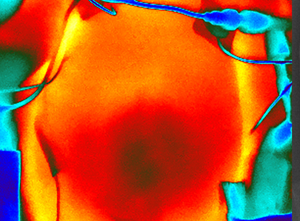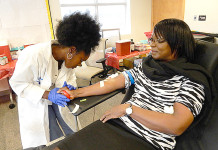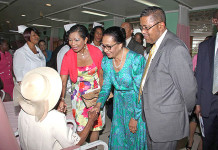 Original Article: Infrared Thermal Imaging (Thermography) of the Abdomen in Extremely Low Birthweight Infants Introduction Infrared thermal imaging (thermography) is a non-invasive method to measure skin temperature. The primary aim of this study was to examine the feasibility of thermography for the assessment of abdominal skin temperature in extremely low birthweight (ELBW) infants, with secondary aims to compare abdominal and thoracic skin temperature, and to explore potential relationships between abdominal skin temperature and necrotizing enterocolitis (NEC).
Original Article: Infrared Thermal Imaging (Thermography) of the Abdomen in Extremely Low Birthweight Infants Introduction Infrared thermal imaging (thermography) is a non-invasive method to measure skin temperature. The primary aim of this study was to examine the feasibility of thermography for the assessment of abdominal skin temperature in extremely low birthweight (ELBW) infants, with secondary aims to compare abdominal and thoracic skin temperature, and to explore potential relationships between abdominal skin temperature and necrotizing enterocolitis (NEC).
Methods We prospectively examined clinical, radiographic, and thermal imaging data in 13 ELBW infants (< 1000gm and < 29 week gestation) during the first month of life. Thermal imaging was performed using an infrared camera, with skin temperature measured over abdomen and thorax. Abdominal skin temperature was compared to thoracic skin temperature, and these findings further examined in infants with radiographic evidence of NEC as well as those without NEC.
Results We found that thermal imaging in ELBW infants is feasible and can result in accurate measurements of skin temperature over anatomic regions. Overall, the mean abdominal skin temperature was lower than thoracic skin temperature (p<0.05 by paired Student’s t-test), although this difference appears due to NEC in some infants. Infants with radiographic evidence of NEC had a lower mean abdominal skin temperature compared to infants without NEC (p<0.05 by paired Student’s t-test).
Conclusions In this study, we found that infrared thermal imaging is feasible in ELBW infants. Thermography may be helpful for the study of thermoregulation in ELBW infants and may provide new insight into the role of regional perfusion in NEC.
Citation: Rice HE, Hollingsworth CL, Bradsher E, Danko ME, Crosby SM, Goldberg RN, Tanaka DT, and Knobel RB. Infrared thermal imaging (thermography) of the abdomen in extremely low birthweight infants. J Surg Radiol. 2010 Oct 1;1(2).






